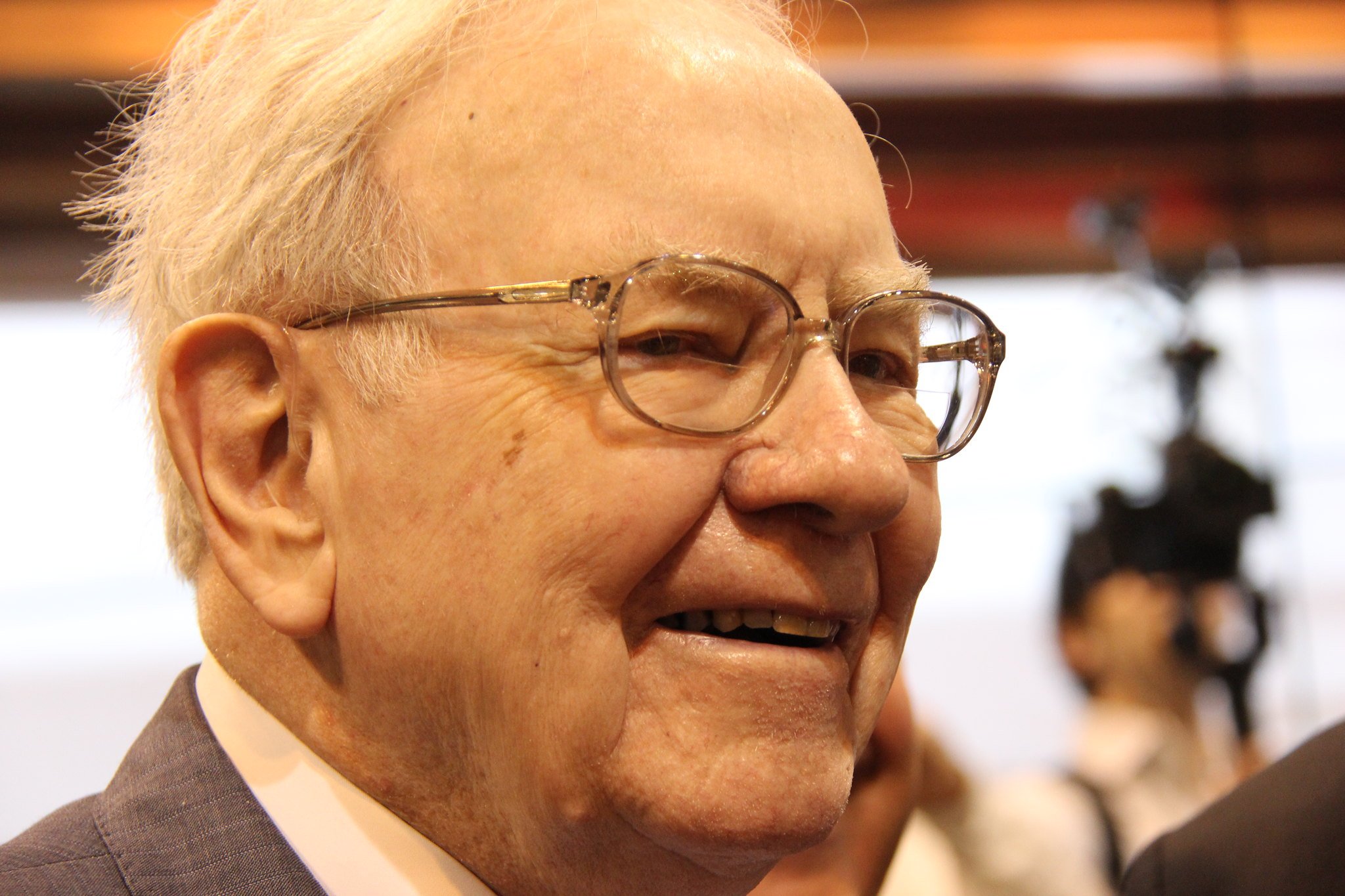The S&P 500 (^GSPC +0.65%) is struggling mightily to overcome a wretched Monday performance, but has been losing ground since a solid open. Shortly before noon, the broad-based index was up barely 0.1%, with about 265 of its 500 components posting gains. Those gainers are presently led by two stocks: McCormick (MKC +0.96%), Walgreen (WAG +0.00%). which recorded gains of 5.9% and 3.2%, respectively. However, weakness in cruise operator Carnival Corporation (CCL +1.39%), the S&P's worst performer with a 5.7% loss, is preventing the index from achieving better results today.

Source: James Gordon via Wikimedia Commons.
The spice must flow
McCormick beat analyst estimates on both top and bottom lines today in its fiscal first-quarter earnings, and investors rewarded it with a 5.9% gain. The spice specialist reported revenue of $993.4 million (a 6.3% improvement year over year) and earnings of $0.62 per share, better than Wall Street's expectations of $974.5 million in revenue and $0.58 in EPS. Much of the outperformance was credited to new business generated by Wuhan Asia-Pacific Condiments, a bullion maker with a large Chinese presence, which produced a "significant portion" of the consumer segment's 8% year-over-year growth. Fool contributor Demitrios Kalogeropoulos notes that McCormick's Asia-Pacific sales soared 74% year over year. The Wuhan acquisition was finalized last May, so you can probably expect growth rates to moderate somewhat by the end of the year as McCormick begins reporting year over year growth rates for quarters in which Wuhan contributed in 2013.
Healthy growth?
Walgreen rose 3.2% despite a mediocre earnings report for its fiscal second quarter. The pharmacy chain posted revenue of $19.61 billion and $0.91 in adjusted earnings per share, better on the top line but worse on the bottom line than Wall Street's expectations of $19.54 billion in revenue and $0.92 in EPS. Walgreen's net income was hurt by discount battles with rival pharmacies, but same-store sales jumped 4.3%, largely on the growth of prescription sales. Investors could also be responding to Walgreen's cost-cutting efforts, which will result in the closure of 76 poorly performing stores by the end of this year and which should improve operating income by about $50 million a year.

Source: Rennett Stowe via Flickr.
Taking on water
Carnival was plunging despite beating Wall Street's expectations. The world's largest cruise operator produced revenue of $3.59 billion (ahead of the $3.56 billion consensus) and breakeven earnings (ahead of the $0.08 per share loss analysts had expected) for its fiscal first quarter. However, Carnival now expects to generate anywhere from a per-share loss of $0.02 to a per-share profit of $0.02 for its second quarter, which is weaker than the consensus estimate of $0.07. Carnival also expects to earn between $1.50 and $1.70 in EPS for all of 2014, which is worse than the $1.72 consensus on the high end -- the company reduced its EPS guidance range from an earlier high end of $1.80. The problem this year is that Carnival is booking more rooms, but at lower prices, which is depressing revenue growth and hurting margins. Fuel costs are also weighing the company down, and it also doesn't help that the fire-damaged Carnival Triumph will be forced to submit to costly quarterly inspections for the next three years.








